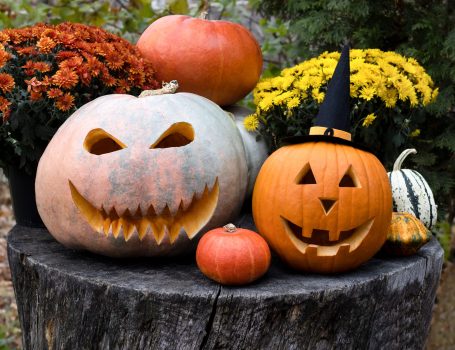
Back in 1989, Americans United and its allies at the Baptist Joint Committee for Religious Liberty (BJC) pulled together a coalition of 16 national organizations to issue a pamphlet on how public schools should deal with religious holidays.
The publication, “Religious Holidays in the Public Schools: Questions and Answers,” was unveiled at a press conference on Oct. 5, 1989. Aside from AU and the BJC, endorsers included the American Academy of Religion, the American Association of School Administrators, the American Jewish Committee, the American Jewish Congress, the National Association of Evangelicals, the Christian Legal Society, the National Conference of Christians and Jews, the National Education Association and others.
Not surprisingly, much of the pamphlet dealt with Christmas. This was way before Fox News ginned up phony claims of a “war on Christmas” – indeed, Fox News didn’t even exist then – but the so-called “December dilemma” had been an issue in many public schools.
But the pamphlet also contained a few references to Halloween. With that holiday fast approaching, I found myself thinking about that old pamphlet, and I dug up a story I wrote about it for Church & State in the December 1989 issue (alas, material that old is not online).
The pamphlet takes the form of questions and answers, and it recommends that public schools avoid celebrating religious holidays and focus instead on teaching about them. That makes perfect sense, and it’s a view AU still embraces 36 years later.
That’s useful for Christmas – but what about Halloween? To most Americans, it’s not a religious holiday and is celebrated in a secular (albeit spooky) manner. But, as the pamphlet notes, some people believe it has “religious overtones.”
Jehovah’s Witnesses, for example, believe Halloween is in “direct conflict with Bible teachings” and that it is “based on false beliefs about the dead and invisible spirits, or demons.” Similar beliefs are shared by some fundamentalist Christians.
Public schools have an obligation to serve children of many different beliefs and none. No student should be pressured to take part in events recognizing holidays they don’t celebrate. In some public schools, alternative activities are offered for students whose families oppose Halloween. Other schools have shifted to harvest festivals or moved to ban costumes that are excessively scary or violent. Still others have created policies where students who want to dress up must base their costumes on historical figures who have been studied in the curriculum or characters from books the kids have read.
The pamphlet recommended that public schools develop policies about the treatment of religious holidays and inform parents about them as well as ensure that teachers receive proper training, so they understand what they should and should not do.
“In a pluralistic society,” the pamphlet observed, “public schools are places for persons of all faiths or none. Schools may neither promote nor denigrate any religion.”
By embracing some commonsense guidelines, our public schools can ensure that Halloween, at least when it comes to the constitutional separation of church and state, isn’t so scary.